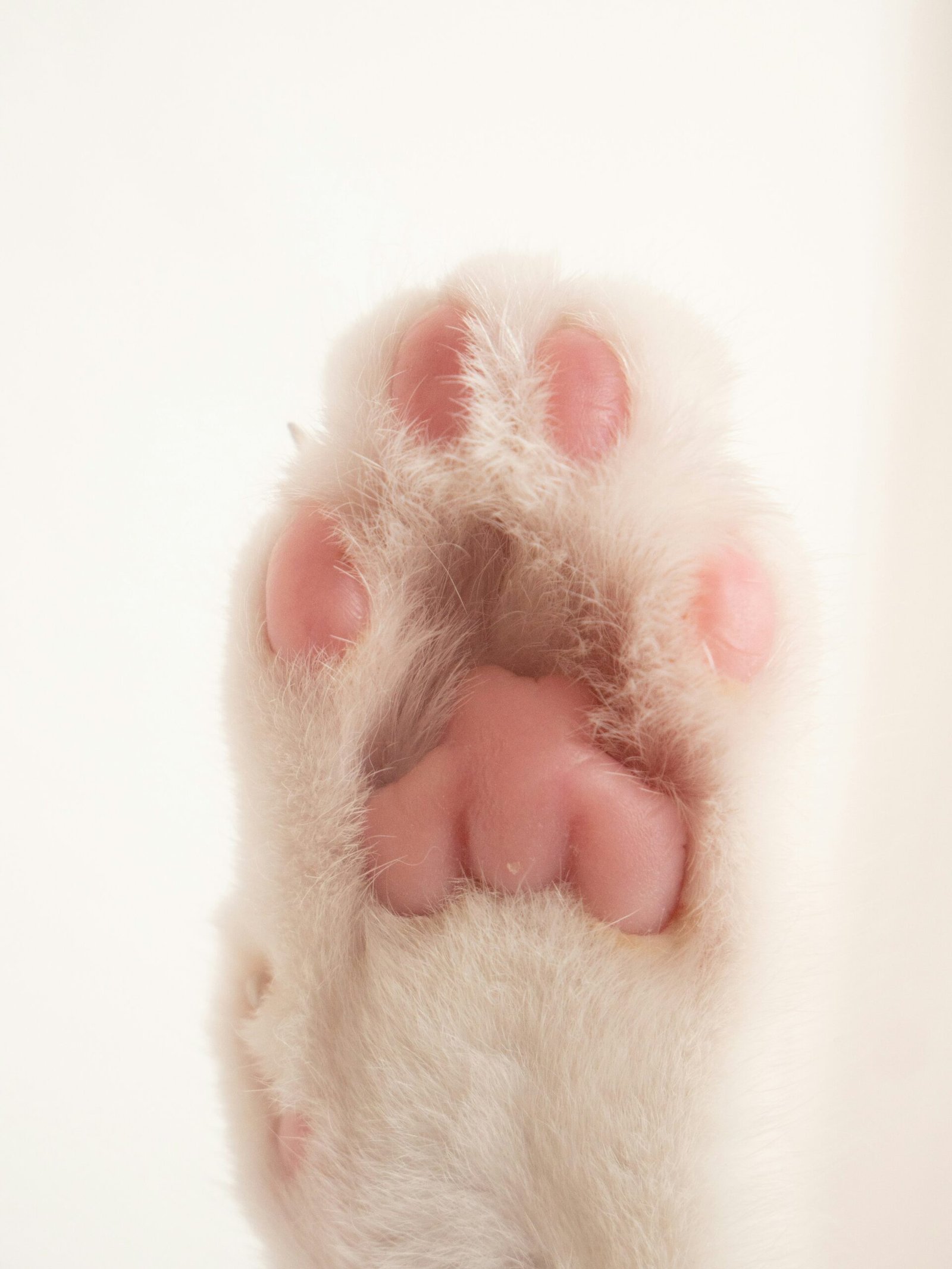
Introduction
When it comes to our feline friends, there is so much more to them than meets the eye. One area that often goes unnoticed is their paws. Cat paws are not only adorable, but they also serve a variety of important functions. In this article, we will explore the anatomy of cat paws and uncover some fascinating facts about these mysterious appendages.
Anatomy of Cat Paws
Cat paws are truly remarkable. They are made up of several components that work together to provide cats with their incredible agility and grace. Let’s take a closer look at the anatomy of cat paws:
Digital Pads
At the base of each toe, cats have digital pads. These soft, cushion-like pads help cats maintain balance and provide traction while walking or running. They also help to absorb shock when cats jump or land on their feet.
Claws
One of the most well-known features of cat paws is their retractable claws. Cats have five claws on their front paws and four on their back paws. These sharp, curved claws are used for hunting, climbing, and self-defense. When not in use, the claws are retracted and hidden within the paw pads, allowing cats to move silently and protect their claws from wear and tear.
Dewclaws
In addition to their main claws, some cats also have dewclaws. These are small, non-retractable claws located higher up on the inside of the front paws. Dewclaws are thought to be remnants of thumbs that were once used for grasping prey. While not all cats have dewclaws, they can be found on certain breeds and are sometimes removed for safety reasons.
Whisker Pads
While not technically part of the paw, the whisker pads on a cat’s face are worth mentioning. These specialized sensory organs help cats navigate their surroundings by detecting changes in air currents. Whisker pads are also found on the back of a cat’s front legs, just above the paws. These leg whiskers, known as carpal vibrissae, provide cats with additional information about their environment.
Fascinating Facts about Cat Paws
Now that we understand the anatomy of cat paws, let’s dive into some fascinating facts about these incredible appendages:
1. Paws as a Temperature Regulator
Cat paws play a role in thermoregulation. The paw pads contain sweat glands that help cool down cats in hot weather. When a cat perspires through its paws, the moisture evaporates, providing a cooling effect.
2. Paws as a Communication Tool
Cats use their paws to communicate with humans and other animals. When a cat kneads, or “makes biscuits,” on a soft surface, it is a sign of contentment and a throwback to their kittenhood when they kneaded their mother’s belly to stimulate milk production. Cats also use their paws to playfully bat at toys or gently touch their humans to get attention.
3. Paws as a Hunting Aid
Cat paws are designed for hunting. The soft pads on the underside of their paws allow them to move silently, making it easier to sneak up on prey. The retractable claws are essential for catching and holding onto prey, giving cats a distinct advantage in the wild.
4. Paws as a Grooming Tool
Cats are known for their meticulous grooming habits, and their paws play a crucial role in this process. They use their paws to lick and clean their fur, and the rough texture of their tongues helps remove dirt and debris from their coats.
5. Paws as a Sense of Security
Cats have scent glands on their paws, which they use to mark their territory. By scratching objects with their claws, cats leave behind a scent that is unique to them. This behavior not only helps cats establish their territory but also provides them with a sense of security.
Conclusion
Cat paws are not just cute and cuddly; they are a marvel of nature. From their retractable claws to their sweat glands, cat paws are perfectly designed to help cats navigate their environment, communicate, and hunt. So, the next time you look at your feline friend’s paws, remember the hidden world of wonder that lies within.